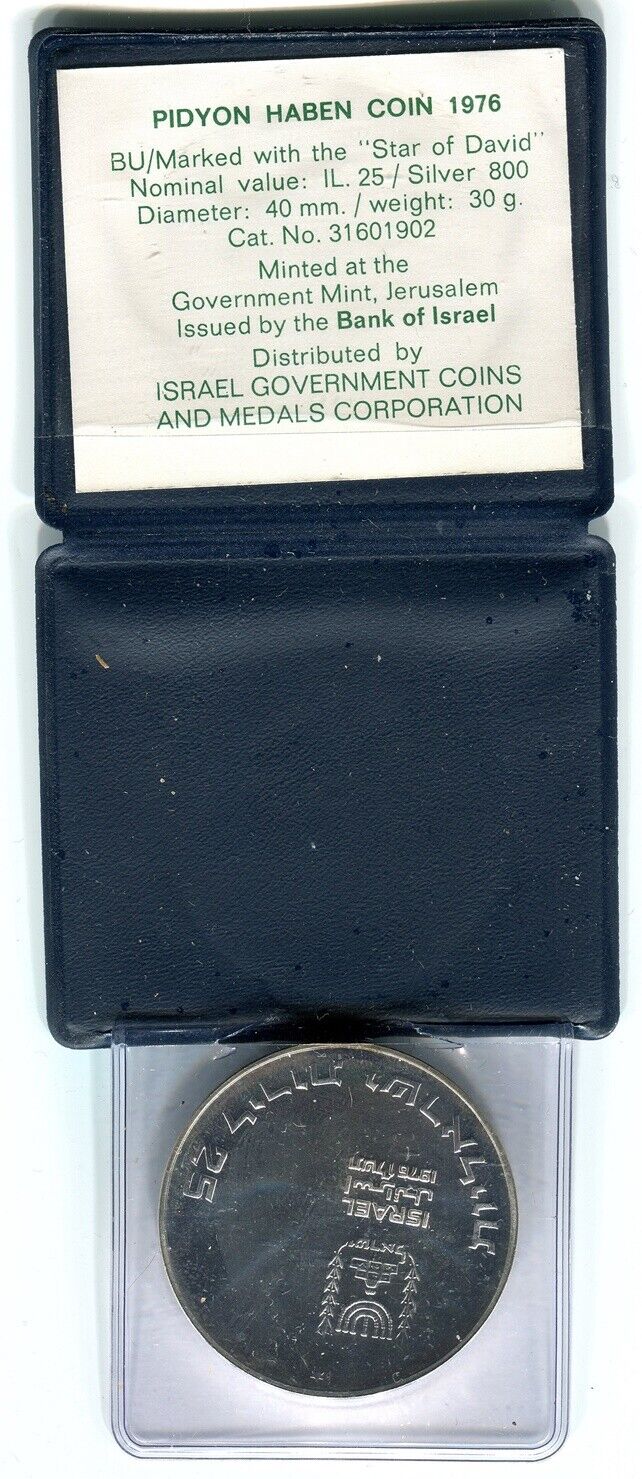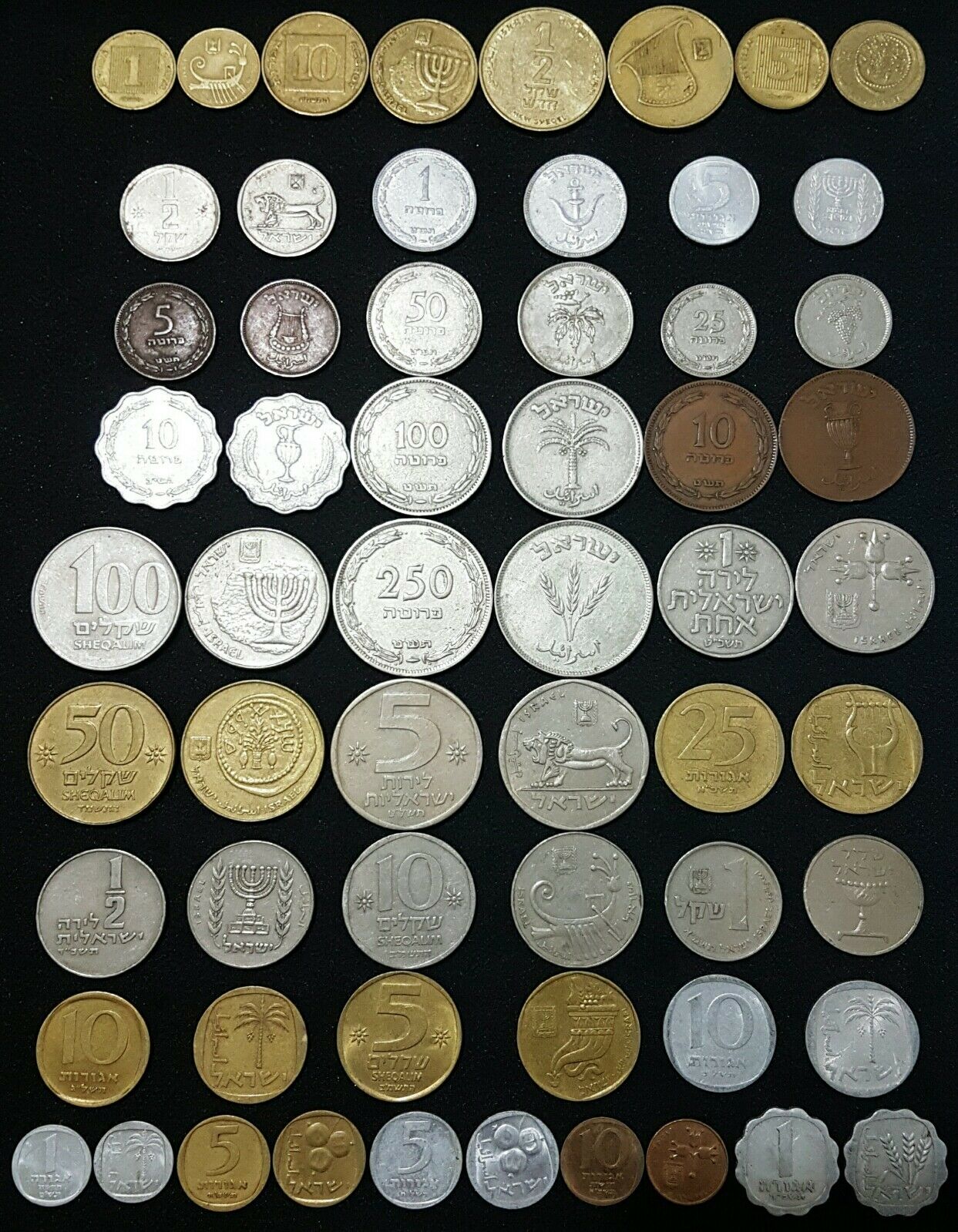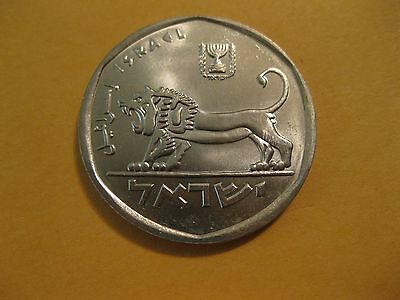-40%
Israel 1976 "Pidyon Haben" 25 Lirot Silver Uncirculated Coin, KM# 86.1
$ 23.76
- Description
- Size Guide
Description
Israel 1976 "Pidyon Haben"25 Lirot Silver Uncirculated Coin, KM# 86.1
The Israel Government Coins and Medals Corp. was established in 1958 by Prime Minister Ben Gurion for the purpose of commemorating the historical events and milestones of the State of Israel, as well as its outstanding personalities and achievements in culture, science and art. Until 2008, the Corporation was fully owned by the Government of Israel. During 2008, it was privatized.
Fifteen years after premier Menachem Begin and president Anwar Sadat signed the Egypt-Israel peace treaty under the auspices of U.S. president Jimmy Carter, Israel's Yitzhak Rabin, Jordan's King Hussein and U.S. president Bill Clinton gathered in October 1994 near the adjoining port cities of Eilat and Aqaba to sign the second peace treaty between Israel and one of its Arab neighbors. Prior to Israel- Jordan peace, the relationship between both countries had always been enigmatic. For decades a popular Israeli saying was, that "we don't know which will be the first Arab country to make peace with Israel, but Jordan will be the second." The enigmatic relationship between both nations goes back to 1918, when Emir Feisal, King Hussein's great-grandfather met with Chaim Weismann, resulting in the Feisal-Weizmann agreement of 1919. Later, in early May 1948, days before the outbreak of Israel's war of independence, Golda Meir traveled to Amman to meet King Abdullah, Hussein's grandfather. And during the reign of King Hussein it was common knowledge that the Hashemite monarch met in secret several times with Israeli prime ministers, ministers and other high officials in order to reach peace. After the peace treaty, the relationship between both countries has mostly been positive.
The pidyon haben or redemption of the first-born (if male and not by cesarean) is a mitzvah in Judaism whereby a Jewish firstborn son is "redeemed" by use of silver coins. Interpretations differ in what the firstborn son is to be redeemed from, ranging from being redeemed from their firstborn status, which garnered negative connotations after the Ten Plagues, or their obligation to serve as a priest. The redemption is attained by paying five silver coins to a kohen (a patrilineal descendant of the priestly family of Aaron), on behalf of one's firstborn son. Pidyon haben is a relatively rare ceremony. A family does not perform the ceremony if its firstborn is a girl, born by caesarian section, preceded by a miscarriage, or if either grandfather is a kohen or a Levite.
This coin was made at the Israel Mint in Jerusalem. The coin is in an unsealed vinyl pouch which is attached to a black vinyl case or wallet. The wallet has a pocket which contains the certificate. The wallet is 2-1/2" wide, 2-3/16" high, and about 1/4" thick. The coin is round and it has a plain (smooth) edge.
This BU coin has a mint mark of a Star of David ( ✡ ) at the top center, and near the border, on the obverse side. It is made of 0.800 fine silver, and it weighs 30 grams. It is 40mm in diameter. The obverse side of the coin has the face value "25 Israeli Lirot" in Hebrew. At the upper left is the official emblem of the State of Israel. Below is the word "Israel" in Hebrew, English and Arabic, the mint year "1976" and its Hebrew equivalent "5736". The mint mark is at the top center by the border.
The reverse side of the coin has five pomegranate flowers around a stylized five pointed star. Around the border there is Hebrew text inscription and verse from - Num 18:16. This text translates to "Pidyon Haben Coin" and "Those that are to be redeemed from a month old thou shalt redeem".
This is a high quality, brilliant uncirculated coin. Please see the photos. The silver color of the coin may show as black in the images. The photo images may provide a better indication of the actual color. There does not appear to be any toning or tarnishing of the coin. It has never been removed from the pouch.




















